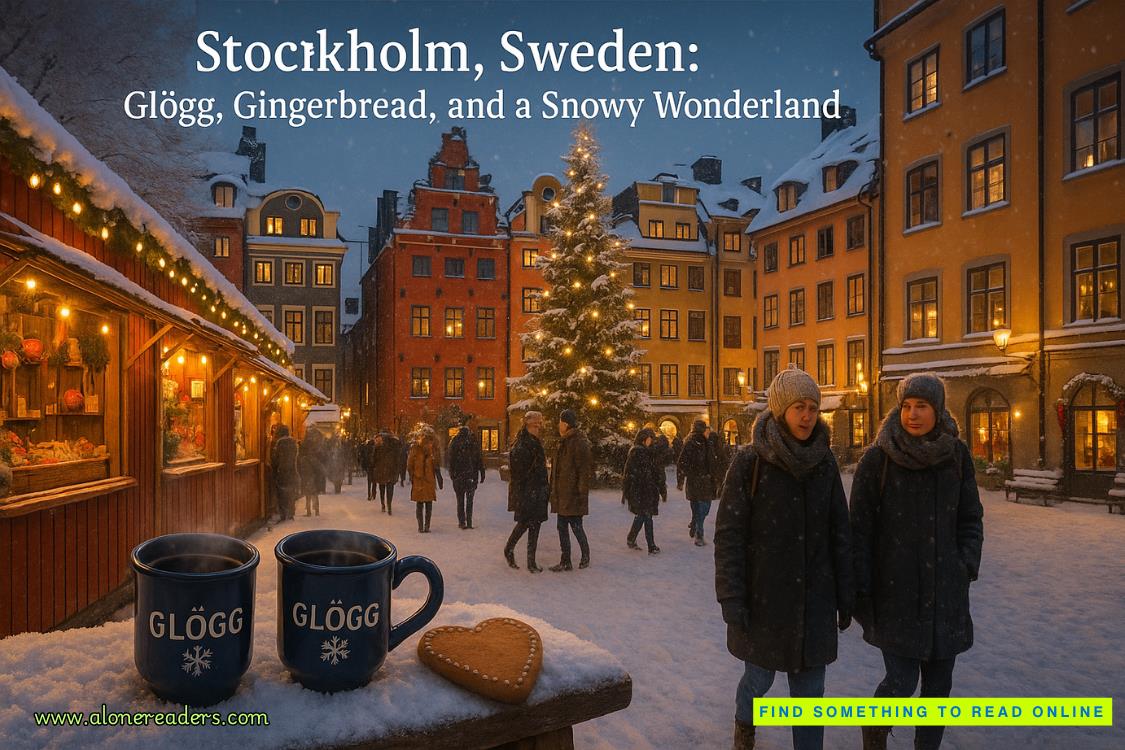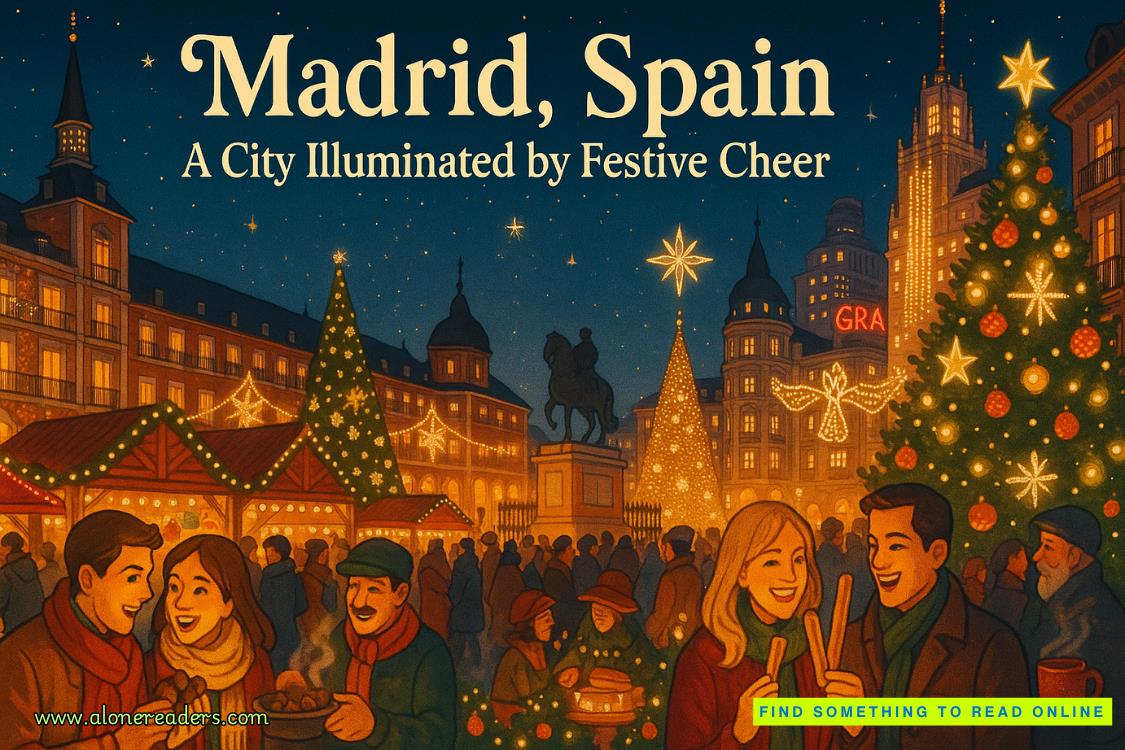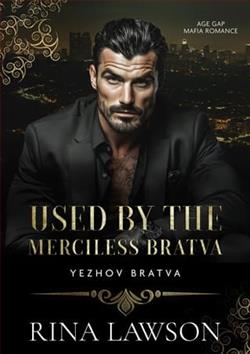Page 85 of Ruling Destiny
“You meet with the artists,” I say, remembering what Arthur once told me. “Commission pieces, serve as a benefactor, and you also paint copies of all the great works.”
Cosimo lifts a brow. “Do you know how many of my pieces hang in the Uffizi and the Louvre?”
I gaze at him in wonder.
“Let’s just say I lost count.” He laughs again, but this time it’s an odd, hollow sound. “Listen,” he says. “I’m sorry for my earlier coarseness. These are dangerous times, but I know you wouldn’t be here if Arthur didn’t trust you. Which means I need to trust you as well. But you do understand what’s going to happen tomorrow?”
“I do,” I tell him.
“The Savonarola fever burns so hot, many of the rich are ridding themselves of their jewels, furniture, mirrors, cosmetics, and—most tragically of all—heaps of priceless and irreplaceable manuscripts, books, and master works of art—all of which will be tossed into the flames.”
I shake my head sadly. I can hardly imagine it, and I certainly don’t want to watch it. “I read that Sandro Botticelli was so caught up, he burned several of his own paintings—ones that stemmed back to his earlier, more secular works.”
“The only reasonPrimaveraandThe Birth of Venussurvived is because both paintings were secured elsewhere.” Cosimo sighs. “And now, of course, we all know they’re both kept back at Gray Wolf.”
What a colossal shame. Yet another despairing example of how slow humanity is to change—how history keeps repeating itself, spurred on by the masses who refuse to see just how closely their current behaviors mirror the irrational ones of the past.
“In the late fifteenth century, we had the Bonfire of the Vanities,” I say. “In the new millennium, we’re still dealing with book banners.”
“Once again, the past is prologue.” Cosimo regards me in the way of a fellow conspirator, which is a welcome change from the derision of earlier. “For now…” Cosimo rubs his hands together. “You’ll find your trunk in your rooms, minus a few supplies Arthur intended for me. You have a bit of time until our guests arrive. I’ve planned one last extravagant feast before the darkness descends. And trust me when I say you won’t want to miss it.”
When he’s gone, Killian turns to me and, in a lowered voice, says, “Fuckin’ Savonarola. How’s that for shit timing?” He shakes his head, huffs under his breath. “I suggest you grab yourself a nice power nap, because we’ll definitely want to head out tonight. And you’ll need to be rested if we have any hope of getting past the night police and their damned curfew.”
He turns away and heads for a daybed, where he plops himself down without first removing his boots.
“Killian?” I say, my voice quiet. “Do you—” The words stall on my tongue. I lick my lips and start again. “Do you happen to know the real reason why Arthur sent us here—sent me here?”
I hold my breath, keeping close watch over his face, when he peeks an eye open and says, “We’re here for the Moon, Shiv.” Then, turning onto his side, he drifts off to sleep.
49
Killian knows.
And if he knows about the Moon, then he probably knows about the Antikythera Mechanism and Arthur’s plan to remake the world.
But then why didn’t Arthur just send him on his own? Why does he insist I’m the only one who can fulfill his dream?
Once I’m sure he’s in a deep sleep, I head into the bedroom, retrieve the map and the tarot cards from our trunk, then pilfer through another trunk of old clothes until I’ve assembled an outfit that’ll help me blend in—as a boy.
I dress quickly, then, after tucking my hair under a brimless cap, I study myself in the mirror. Though my disguise is far from perfect, the hooded cloak hides my face just enough that I doubt anyone will take notice. Then, I sneak through the garden, slip out the gate, and head in the direction where I saw the cathedral.
Considering how close it is to nightfall, the streets are busier than I would’ve thought, but it’s not the lively Florence I’m used to seeing in movies.
By this point, Lorenzo de’ Medici, also known as Lorenzo the Magnificent, is five years in the grave. His son Piero—ultimately to be known as Piero the Unfortunate—is exiled, and there’s a palpable feeling of fear in the air. Like Cosimo said, a war on beauty and art has been declared.
I hurry through the streets, one hand clasping the front of my cloak, the other shoved deep in my pocket, clutching my talisman. When I spot the red dome in the distance—the most famous and enduring symbol of Florence and the Renaissance—I pause a moment to take in the sight.
According to my research, the Duomo is actually comprised of two domes, one internal and one external, with a golden copper ball and cross situated at the top, put there by Andrea del Verrocchio in 1471. And since Leonardo da Vinci was working as an apprentice for Verrocchio at the time, it’s thought that the difficult task of getting the two-thousand-pound orb on top of the dome was what spawned the legendary genius’s interest in engineering.
It’s said that the walk to the top is not for the faint of heart—that claustrophobia and a fear of heights should be considered before making the trek. And though I’m no fan of tight spaces or high places, I have every intention of climbing those steps. But I’m not in it for the sort of view most tourists are after. I’m hoping to either cement or destroy a theory I’ve been working on.
The first thing I notice when the cathedral itself pops into view is the unruly crowd that’s gathered out front. Like Cosimo warned, this is the Florence of Girolamo Savonarola, the Dominican-friar-turned-puritan-fanatic who seized control of the city after the Medicis were driven out. This hellfire-and-brimstone preacher has denounced everything the Renaissance was founded upon—poetry, luxury, innovation, and all manner of sensuous pleasures, especially the sort of sex enjoyed by those he refers to as sodomites. The joyous festivals Florentines used to enjoy have been replaced with strict religious observance, as Savonarola insists that the only way to avoid an eternity burning in hell is to give up their love of beauty.
Though he’s not without opponents, most of whom refer to him and his followers as Snivellers. And he’s managed to make many enemies during his reign, like the Borgia pope who will ultimately excommunicate him and condemn him to hang.
At this point, though, as I watch his followers dump their belongings onto an ever-growing pile of treasures, all of it soon to burn, it’s weird to think how in just over a year, when Savonarola is forty-five, he, along with two of his most ardent supporters, will be arrested, tortured, condemned to death, and hanged in the Piazza della Signoria before being set aflame. What little remains will be tossed into the Arno. His quest to erase the Medici family from history and reverse the Renaissance will not see fruition. But at the moment, he’s so lost in his own sense of righteousness, he can’t see how he’s actually cast himself as the villain.
I keep my head down as I pass, all too aware that if any of these people caught wind of who I am, I’d be burned at the stake, no questions asked. When a young boy—one of Savonarola’s street urchins, no doubt—appears out of nowhere and tugs at my cloak, I try to shake him off and brush past. But he’s so small and quick, his hand slips inside my pocket well before I have a chance to register that it’s happened.















